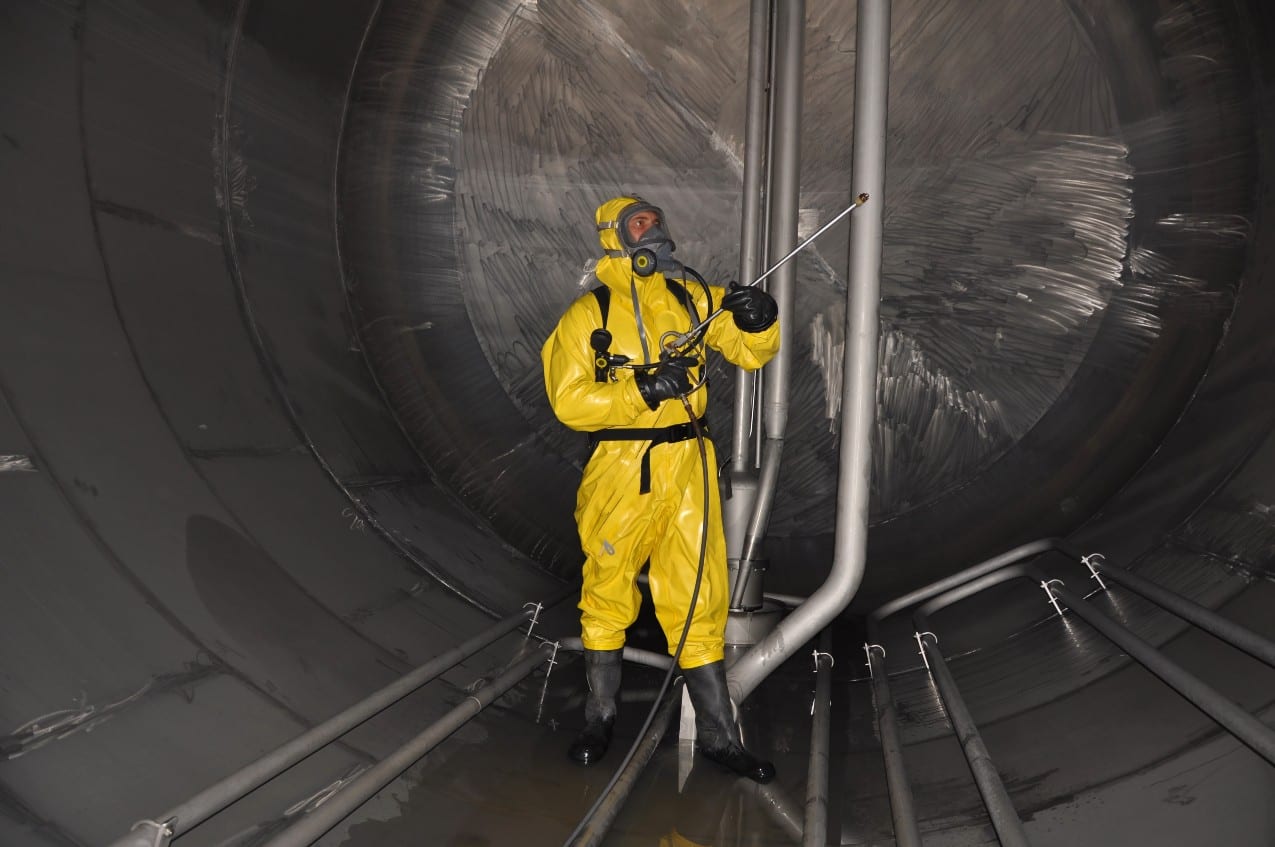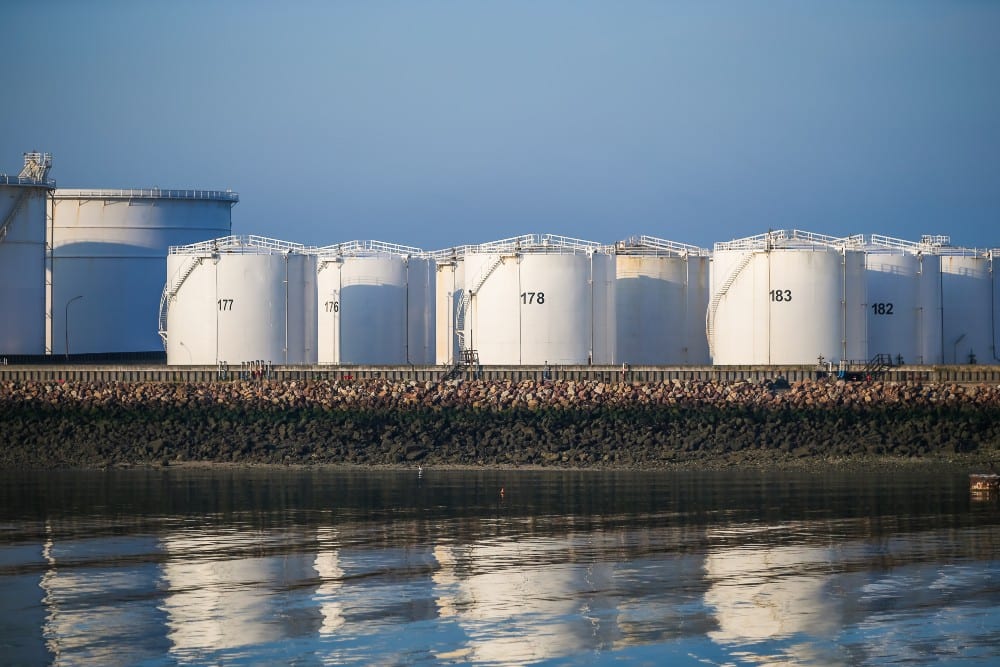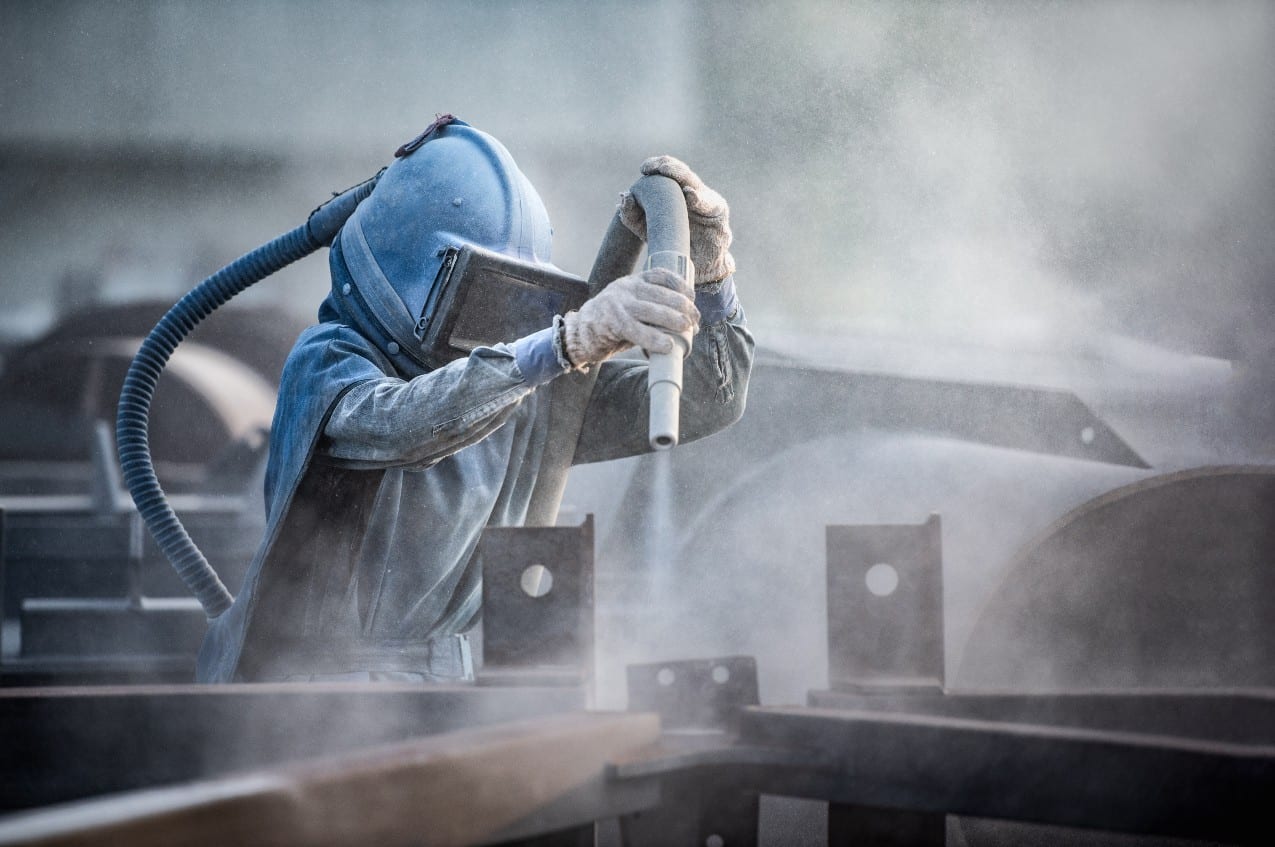Risks Involved With Traditional Industrial Tank Cleaning
In any industrial environment, risks come with the job.
Workplace safety, chemical exposure, and heavy machinery all bring risks to these rugged positions, especially when it comes to industrial tank cleaning.
Traditional tank cleaning involves humans going into the tanks to be exposed to chemicals and hazardous situations. This less-than-efficient way of cleaning puts employees at risk both during the act and afterward; chemical exposure can have lasting consequences.
Here’s a look at the unnecessary risks involved with traditional tank cleaning methods and how to protect your employees and plants better.
Exposure to Hazardous Chemicals
The most widely known fact about storage tank cleaning is that employees are exposed to various toxic chemicals that can cause harm — or, in the worst cases, lead to death.
In traditional tank cleaning, the door to the enclosure is opened, and human workers go inside the vessel to manually clean it.
When tanks aren’t properly ventilated or sludge builds up because of improper maintenance, the tank’s contents can transform into dangerous chemicals and fumes like crude oil, acids, hydroxide, and chloride.
Employees can be exposed through direct contact, inhalation, or accidental consumption. This exposure can cause side effects ranging from sickness to death.
Fires and Explosions
Many tanks house flammable liquids and vapors. These are typically handled with the necessary precautions, but accidents can happen in any case.
If oxygen comes into contact with specific flammable chemicals, the smallest interaction can cause an ignition or explosion.
Sources of ignition include hot temperatures, static electricity, and equipment.
Exposing employees to the risk of being engulfed in flames is certainly concerning. Without the proper precautions and remedial procedures in place, a single ignition can lead to an explosion that puts not only employees at risk but also your entire plant.
One misstep or overlooked protocol in the industrial tank cleaning process can mean the end of your business, massive lawsuits, and potentially, loss of life.

Deficient Oxygen
If flammable chemicals and toxins are not present in your tank, the safe level for oxygen concentration in the tank atmosphere is 20%. Anything below this threshold requires a breathing apparatus.
While masks and breathing equipment are effective, they can give faulty protection and must be constantly monitored when workers are in and around the tank.
When humans aren’t able to get an adequate amount of oxygen, it can lead to confusion, increased heart rate, and shortness of breath. If the issue goes on too long, these symptoms can turn fatal.
Physical Hazards
Industrial tasks and worksites are innately dangerous.
When it comes to industrial cleaning, some physical hazards include confined space entry, tripping, failing equipment, and exposure to extreme environments.
The term “confined space” is categorized by two situations. One involves a difficult place to enter and exit quickly, and the other is a place that does not have proper natural ventilation.
The physical dangers of industrial tank environments are clear. These tanks are intended to store liquids, materials, and chemicals, not house humans — even in limited time frames.
The longer your employees are inside, the higher the risk of harm.
Besides toxin exposure and explosions, industrial tanks pose other threats, such as tripping due to the dark environment and heat exhaustion due to a lack of ventilation. The extreme heat in these tanks can also cause harm to the skin and lungs.
Protect Your Employees During Industrial Tank Cleaning
Of course, industrial tanks must be cleaned and maintained regularly, and until recently, there were not many options other than the traditional methods of industrial tank cleaning.
Traditional tank cleaning exposes employees to risks from hazardous chemicals, fires, explosions, lack of oxygen, and other physical hazards. Thankfully, there are more modern ways to clean tanks, like using robots instead of humans. By utilizing robotics, the potential risks that come with this dangerous procedure can be eliminated.
To limit the risks of your employees, here are ways to optimize procedures at your plant.





